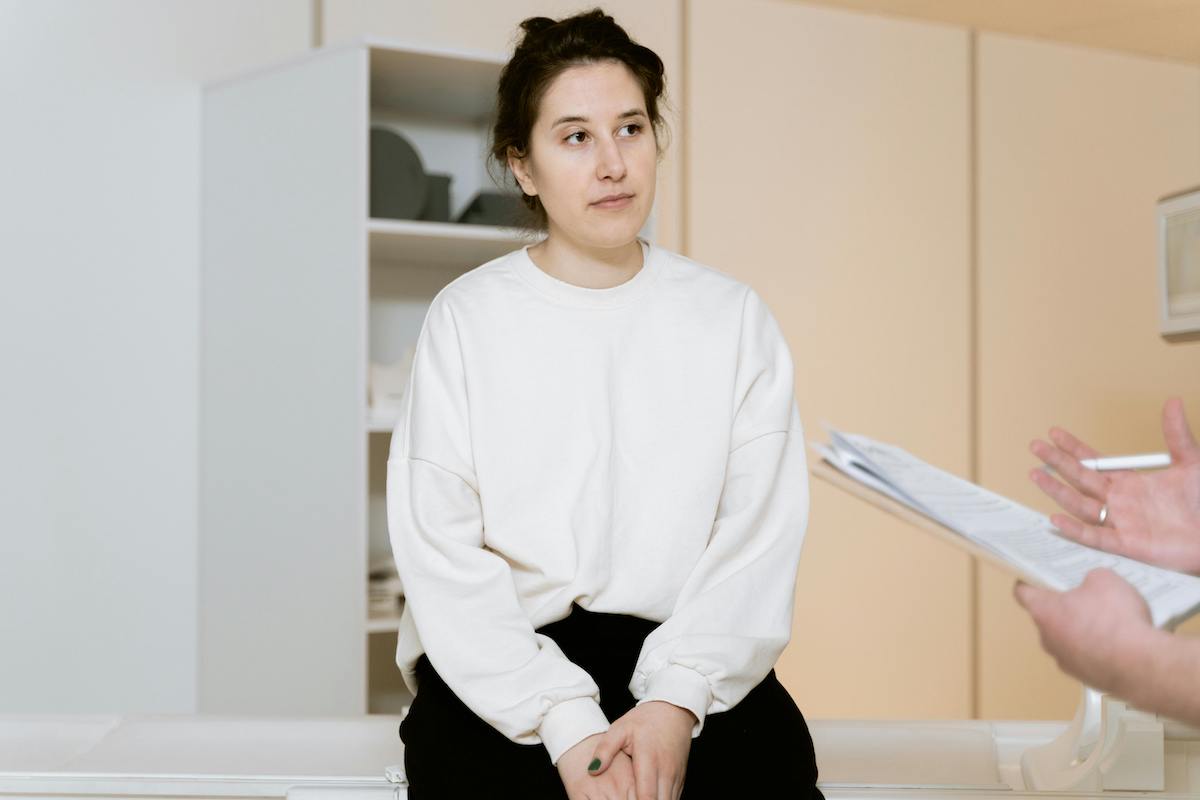My favorite part of writing Hot Flash so far has been hearing from all of you. When we share what we have been experiencing, we realize that there are others experiencing the same things. This can be so reassuring.
I have been surprised by how many of you have asked about primary ovarian insufficiency, or POI. (Clinicians previously used a variety of terms, including premature ovarian failure and premature menopause, but for clarity we now use POI.) You have shared your experience of being diagnosed with POI, and you have asked lots of questions about managing your hormone replacement therapy.
I know from my patients that being diagnosed with POI can be upsetting and lonely. Accessing accurate information and understanding the evidence behind the recommendations can be helpful in navigating a diagnosis like this one. To that end, today we are going to delve into the details of POI: what it is, how many women experience it, and what the data tells us about how to manage it.
What is primary ovarian insufficiency?
POI is defined as having high levels of two pituitary hormones — follicle-stimulating hormone (FSH) and luteinizing hormone (LH) — before age 40. The levels of these hormones are high during menopause; in POI, they are high at younger ages. Women with POI often have irregular periods or no periods at all. They can also have symptoms of perimenopause like hot flushes, night sweats, and vaginal dryness.
POI affects about 1 in 250 women at age 35 and 1 in 100 women at age 40. Most women are diagnosed because they seek care for irregular periods or difficulty becoming pregnant. Nearly all women with POI had normal puberty and developed regular periods in their teens and 20s. There is a broad range of ages at which women are diagnosed, from the 20s to age 40. Rarely, women are diagnosed in their 20s because they never develop a regular period.
Women are at greater risk of developing POI if they have a mother or sister with POI — about 10% of cases are familial. Another 15% to 20% of women with POI have other risk factors, including having an underactive thyroid or vitiligo (an autoimmune disorder that causes the loss of pigment in the skin). Still others have previously been diagnosed with diminished ovarian reserve, or have had surgery on the ovaries.
Is primary ovarian insufficiency the same as diminished ovarian reserve?
POI and diminished ovarian reserve are not the same, though they are related. Women are typically diagnosed with low ovarian reserve while undergoing treatment for infertility.
Diminished ovarian reserve is defined as having low levels of a hormone called anti-Mullerian hormone and having a poor response to medications given to stimulate eggs to mature during IVF. Women with diminished ovarian reserve may have regular periods and normal FSH, but they are at risk of developing POI in the future. You can think of diminished ovarian reserve as not having enough eggs and POI as having menopausal hormone levels too soon.
For many women with POI, navigating decreased fertility is a primary concern. Only about 5% to 10% of women with POI are able to conceive and have successful pregnancies without the help of fertility treatment. Seeking an immediate consultation with a reproductive specialist regarding options for preserving fertility, such as egg freezing or embryo freezing, can impact how successful those measures are.
When should I talk to my doctor about primary ovarian insufficiency?
Period irregularity is the key symptom that should prompt a visit to your doctor for evaluation. Periods are irregular if there are fewer than 21 days or more than 35 from the first day of one period to the first day of the next, or if the time from the first day of one period to the first day of the next varies by more than seven days (so, a 24-day cycle followed by a 34-day cycle, then a 22-day cycle).
Bringing a log of your periods to your visit is very helpful. It is also useful to note symptoms like hot flushes, nights sweats, and vaginal dryness and when they occur during your cycle. Your doctor can do blood work to pinpoint the cause of your irregular periods — POI is just one of many hormonal changes that can lead to irregular periods.
What does the data say about treating primary ovarian insufficiency?
The current guidelines recommend treating women with POI with estrogen (and progesterone in any woman with a uterus) until the average age of menopause. Any formulation of estrogen (patches, gels, or birth control pills) is recommended and, similarly to treating perimenopause, there is no recommendation to check or target specific estrogen levels.
Women with POI generally show signs of aging more quickly and are at greater risk for cardiovascular disease — heart attack and stroke — and osteoporosis — brittle bones that can lead to fractures of the hip and spine. The reason it is standard to treat women with POI with estrogen is that we think it will slow aging and reduce risk for cardiovascular disease and osteoporosis. This thinking is based on comparing women with POI to women who have menopause after age 45 and on studies of women with low estrogen levels due to a chromosomal abnormality called Turner syndrome.
A 2017 review suggests that the benefits of estrogen in women with POI are not so clear. Data especially from randomized controlled trials is extremely limited. The reviewers found only 12 published studies of estrogen therapy in women with POI.
Most of the studies that have been published are observational and use what are called “surrogate outcomes” — for example, researchers looked for decreases in cholesterol instead of decreases in heart attacks. The studies were likely designed this way because events like heart attacks and hip fractures are still rare among women with POI. A trial looking for these types of events in young women would take many years to yield meaningful results. Researchers can more quickly look at differences in cholesterol, but using these surrogate outcomes means that to link to outcomes we really care about, we are making assumptions, like that lowering cholesterol leads to fewer heart attacks in this group of women, that may not be true.
The reviewers found no data to suggest that women with POI should not take hormone replacement therapy (HRT). Estrogen and progesterone are safe in these women. The guidelines for treating women with POI with HRT are based on the idea that there is not much downside to giving HRT and there may be significant benefits; we just don’t know for sure.
In addition to managing risks related to decreased estrogen levels, women with POI should be monitored closely for an underactive thyroid and low cortisol levels — often called Addison’s disease. Your doctor can monitor you for both of these conditions with blood work.
Final note
POI can be a challenging diagnosis to receive. Early consultation with a fertility specialist to consider options for fertility preservation is important. The data supporting HRT in women with POI until the average age of menopause is lacking, but the risks of HRT are also small. Having an ongoing conversation with your doctor is the best way to decide what treatments are best for you.
















Log in